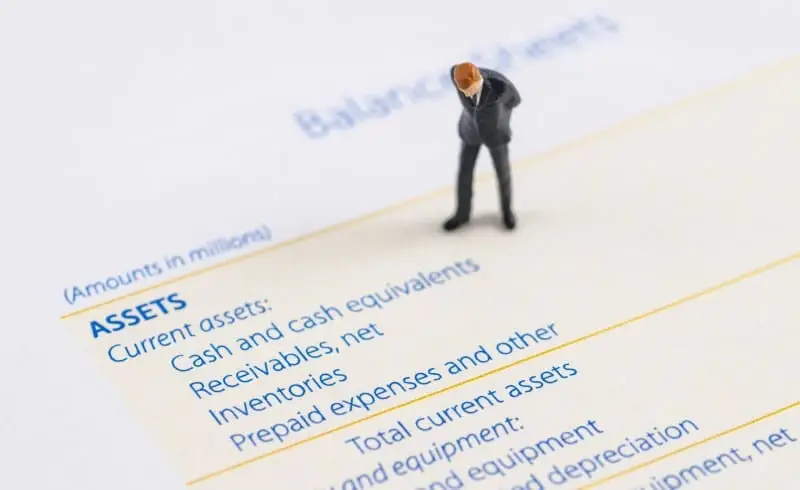If someone asked you, “How’s Business?” — what would you say? You’d be surprised how many small business owners don’t know. Or they think they know, but are forgetting some costs or not recognizing early warning signs.
What’s on the Balance Sheet?
Basically, you’ll see three lists: assets, liabilities, and equity. The total assets will be the same, or balanced with, total liabilities plus equity — hence the name “balance sheet.”
- Assets include cash/cash equivalents, accounts receivable, property, equipment, and some types of intangible assets. Assets are usually reported at their original cost or lower to allow for depreciation and other factors.
- Liabilities are any money owed, such as business loans, taxes, accounts payable, and accrued expenses.
- Equity is the money invested by the owners plus any company earnings that you chose not to withdraw as dividends or distributions.
Health Check #1: Assets to Liabilities Ratio
Current Liabilities ÷ Current Assets = Debt to Equity Ratio
This number shows you whether the company is able to pay its bills — it has more current assets (cash or convert to cash within one year) than current debts (payable within one year).
- If the ratio is more than 1, congratulations, your business is healthy.
- If it’s 1, you’re breaking even.
- If it’s less than 1, you’re in trouble.
Health Check #2: Debt to Equity Ratio
Current Liabilities ÷ Total Equity = Debt to Equity Ratio
This reveals whether you’re too deeply in debt; in other words, you have too much financing from loans as compared to investments from owners or stockholders. A high ratio number might be a sign that there will be problems with debt repayment. It also tells prospective lenders or investors that the business is a higher risk.
- For most small and medium-sized businesses the maximum acceptable debt to equity ratio is 1.5 to 2 (15% to 20%).
Health Check #3: Asset Turnover Ratio
Net Sales ÷ Average Total Assets = Asset Turnover Ratio
(Net Sales: see your income statement)
(Average Total Assets: from the last 2 years’ beginning and ending balance sheets)
This tells you how efficiently your business generates sales from its assets. The higher the ratio, the better. On the other hand, a low ratio may point to management or production issues.
- What’s considered a “good” asset turnover ratio varies widely by industry. Therefore, it’s best to compare your ratio with similar companies in your field.
The balance sheet is just one of the essential documents xendoo provides our clients, giving them the information they need to avoid the pitfalls and seize the opportunities for growth and success. Contact us to learn more about our affordable, real-time financial services for small businesses.
[av_sidebar widget_area=’Blog Post Disclaimer’ av_uid=’av-om2w’]










